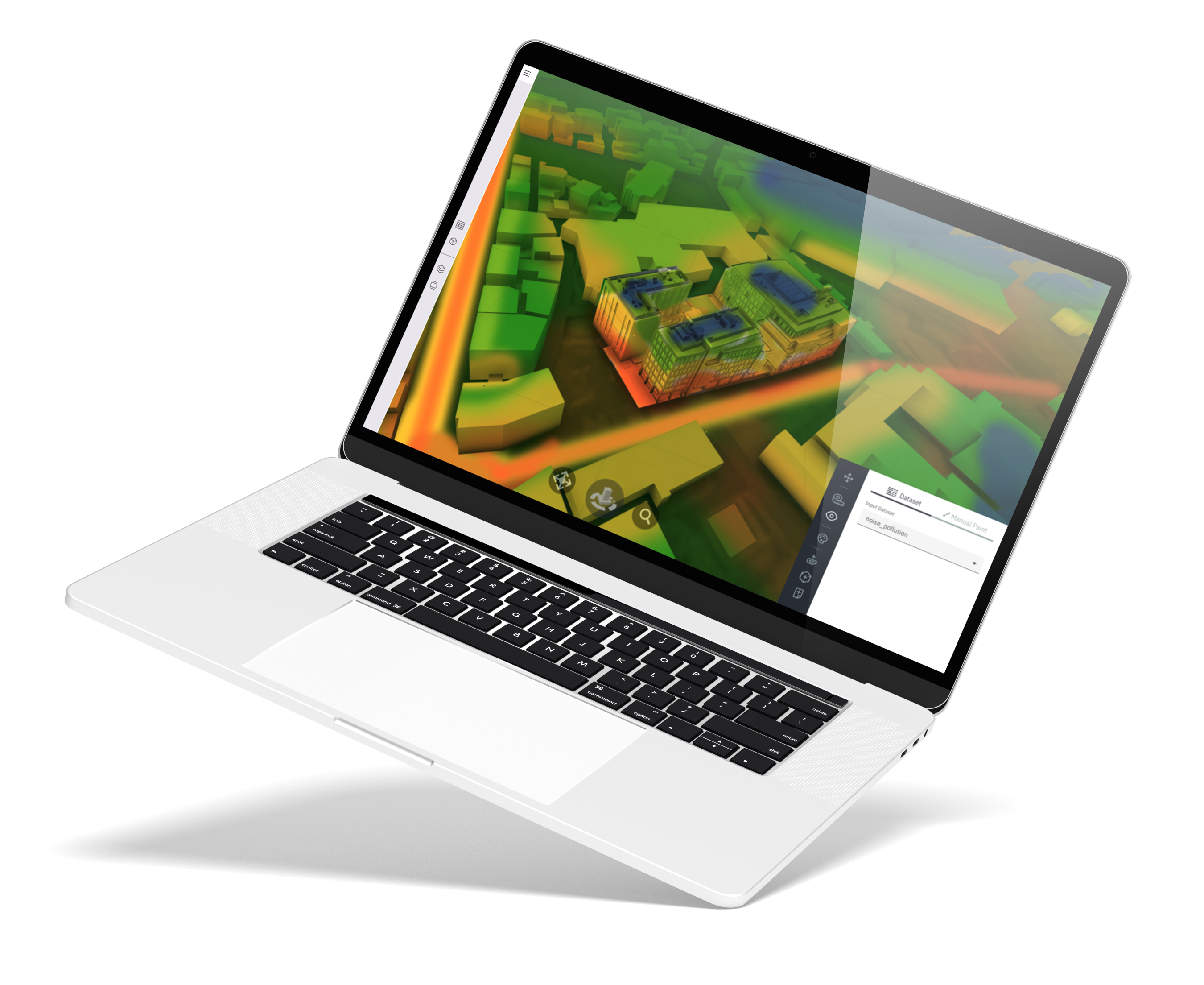

Urban Digital Twins are 3D virtual replicas of the real-world built environment connected to massive amounts of data and software tools.
Their primary purpose is to bring together all available data in a common, easy-to-understand 3D visual model to help people make better decisions about their projects or assets.
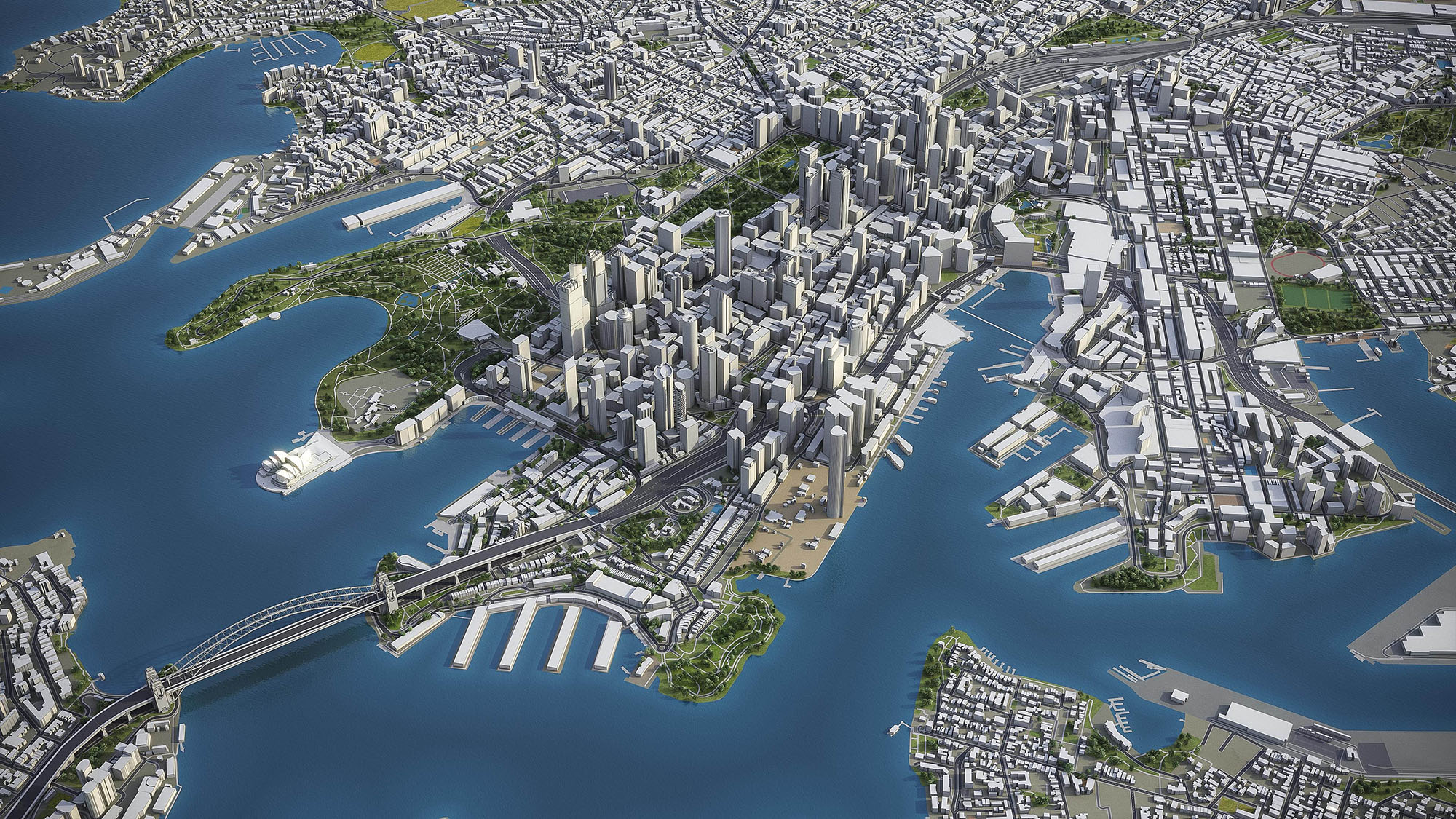
Urban Digital Twins optimize planning, operations, finance, and emissions reduction decision-making in large, complex building projects and assets unlike anything on the market. Users benefit from substantial cost savings, productivity gains, and carbon emission reduction—organization-wide.
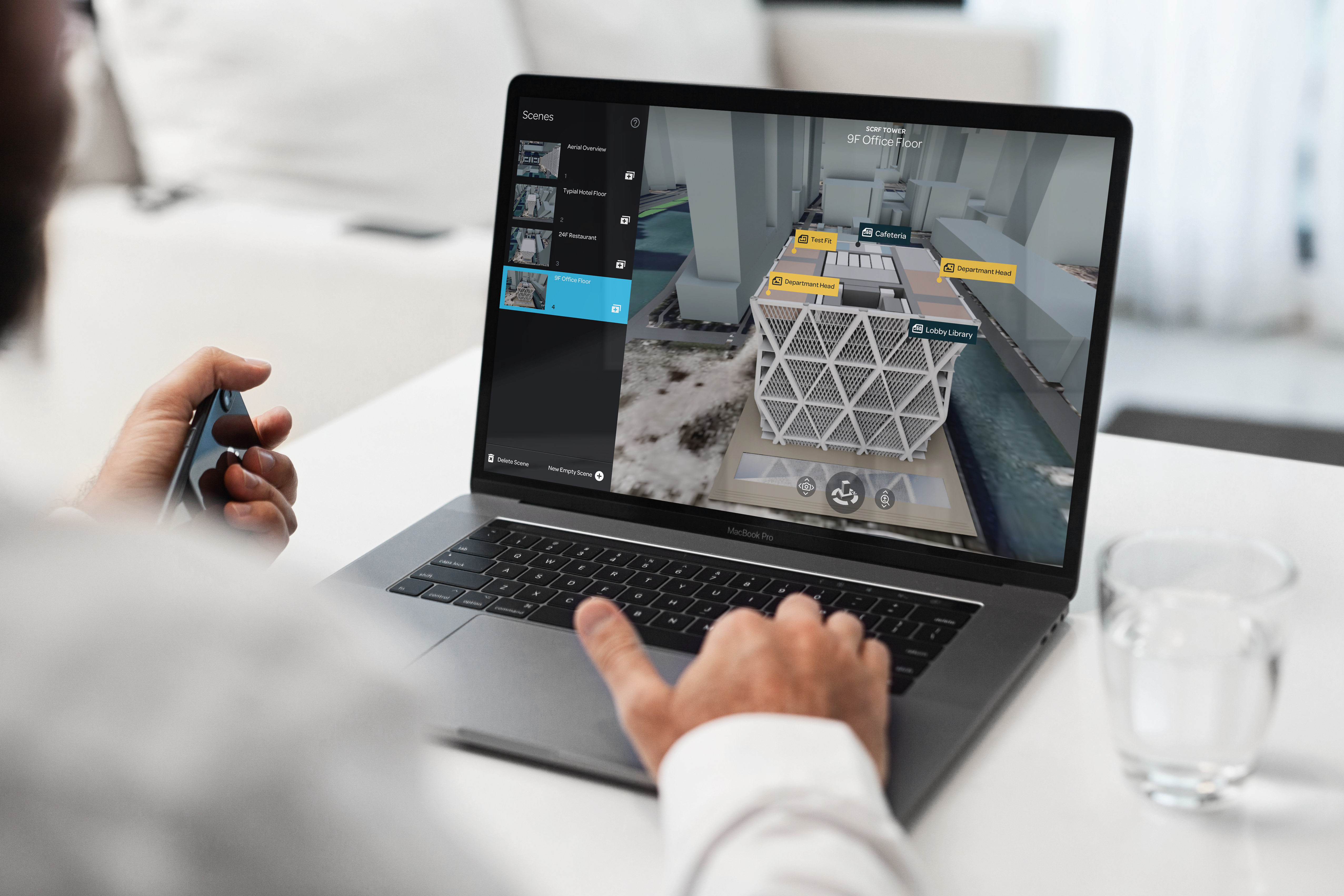
Urban Digital Twins have four significant value propositions within the built environment.
They optimize -
1. building maintenance and operations,
2. environmental impact and sustainability,
3. health and wellness,
4. and people improvement/tenant behavior change
Increase in building maintenance and operational efficiency
Increase of sustainability and resilience
Increase in productivity
Increase in space utilization
Sectors deploying Urban Digital Twin technology include:

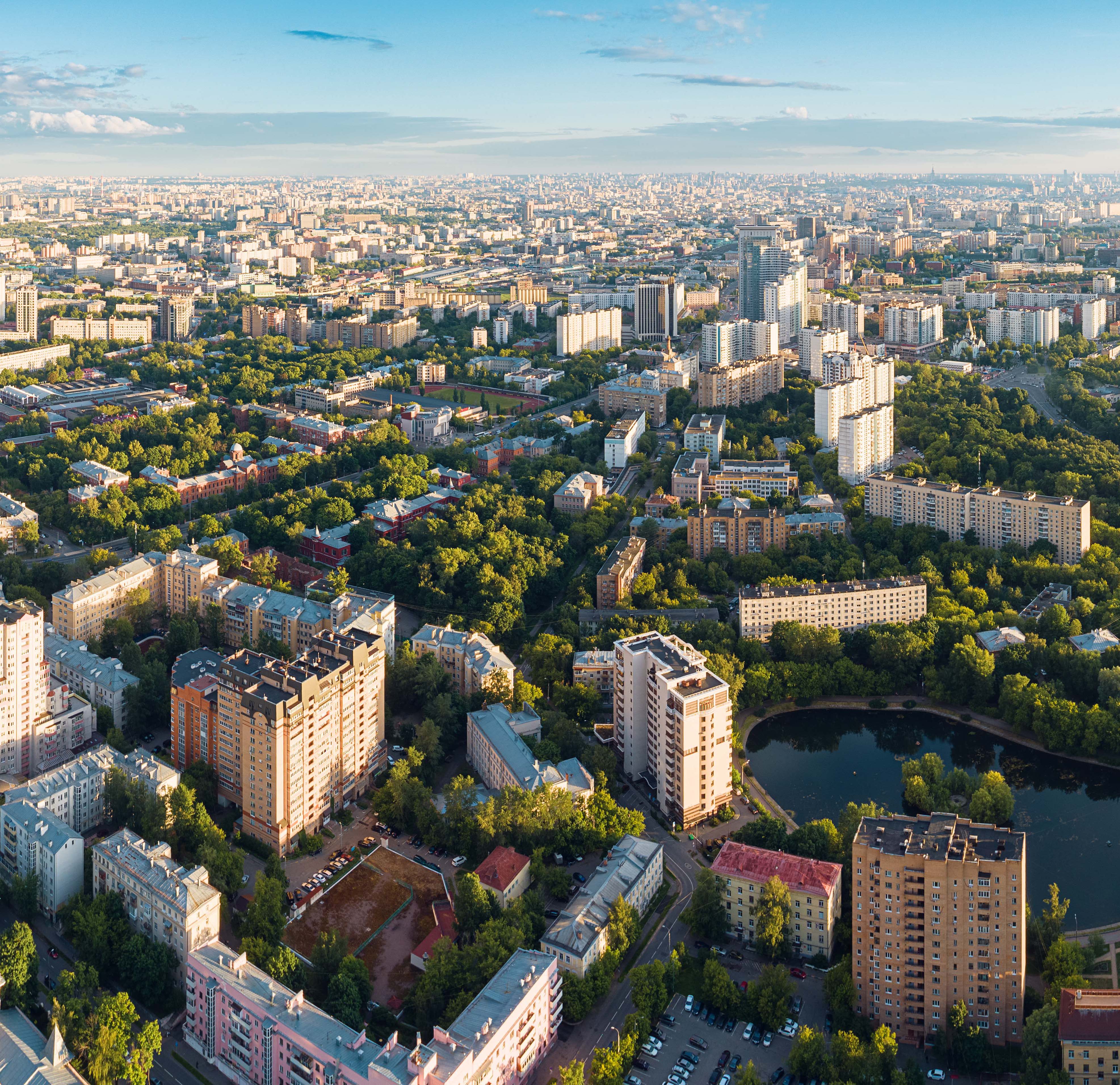
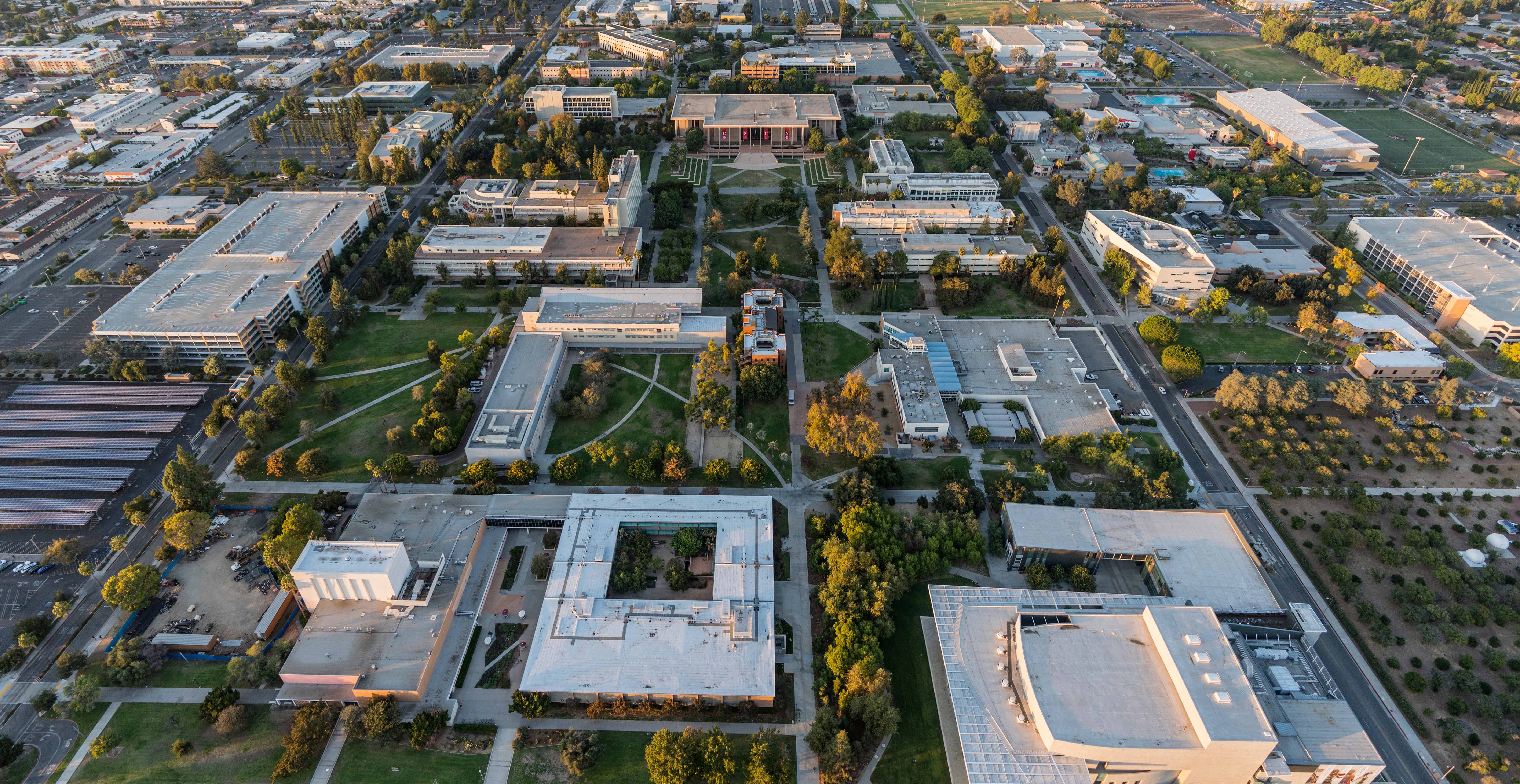
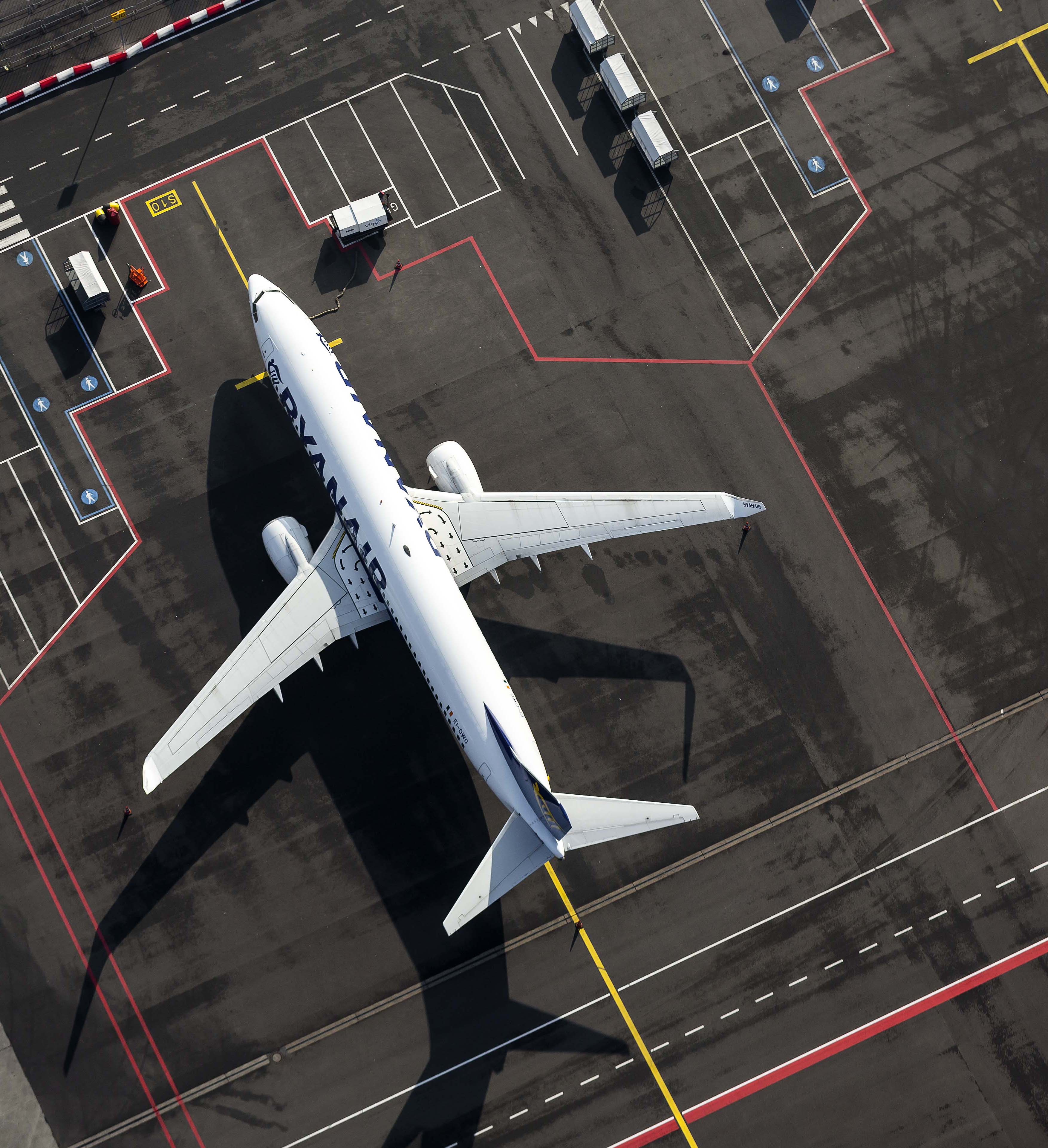
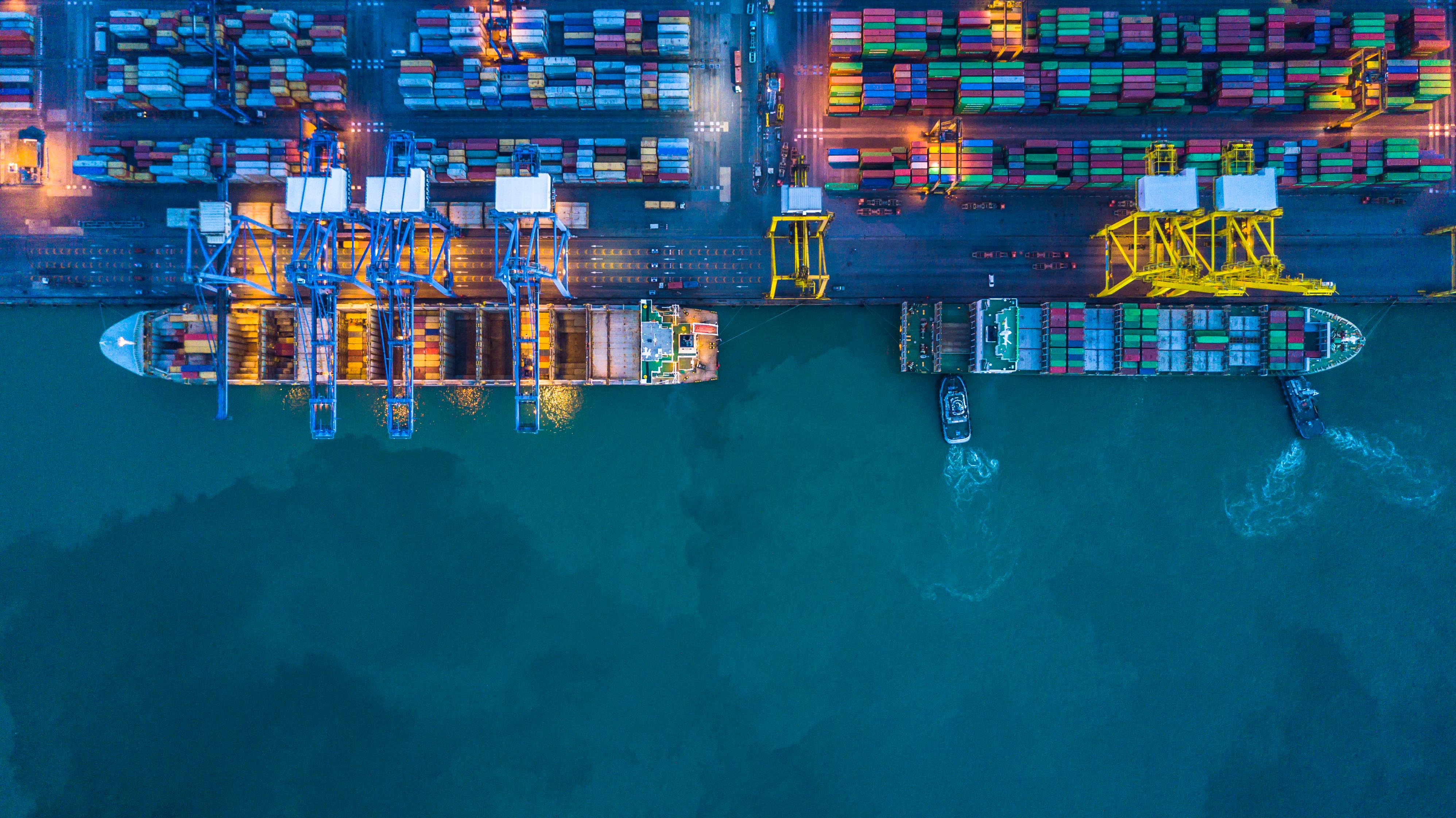
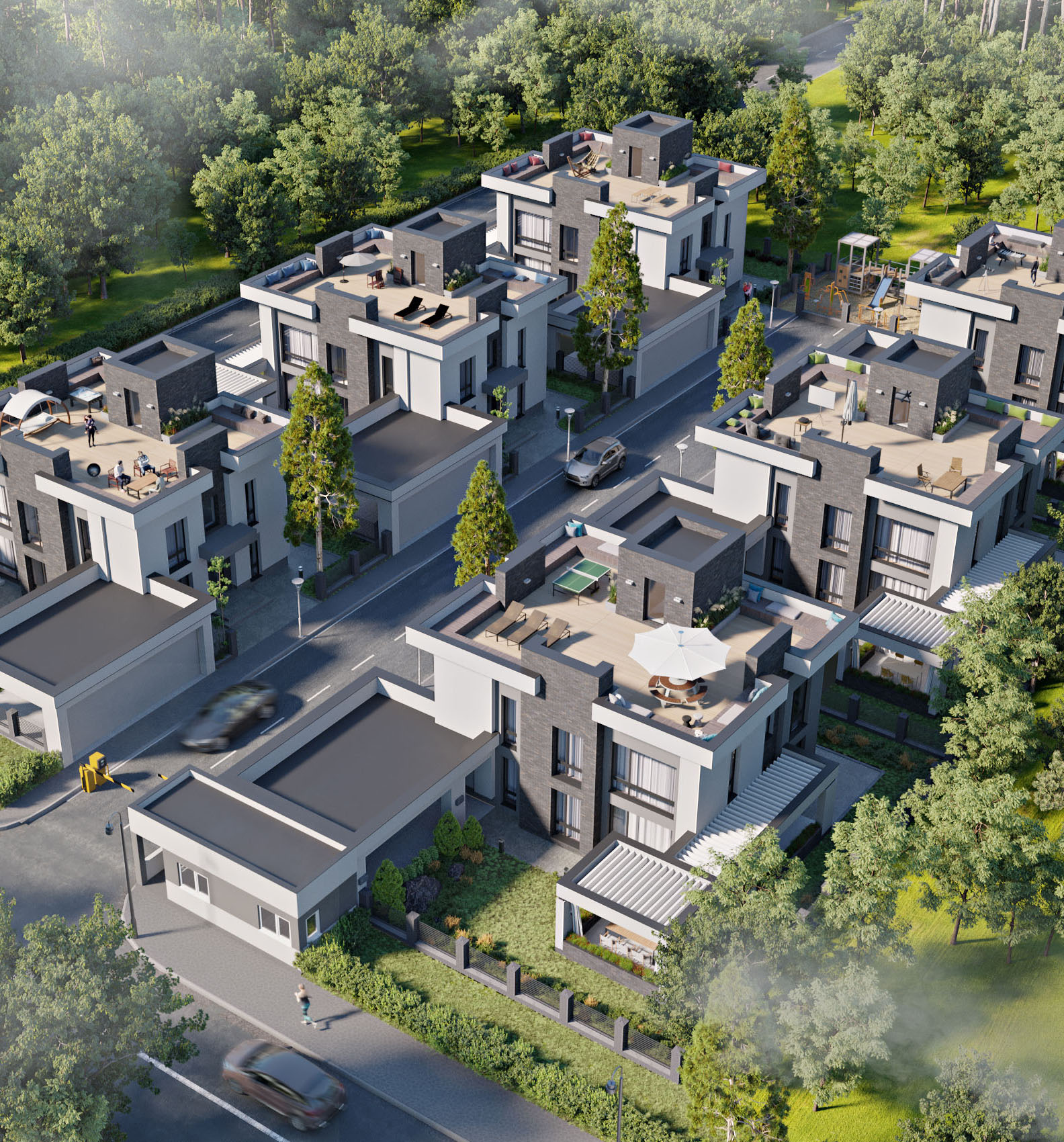
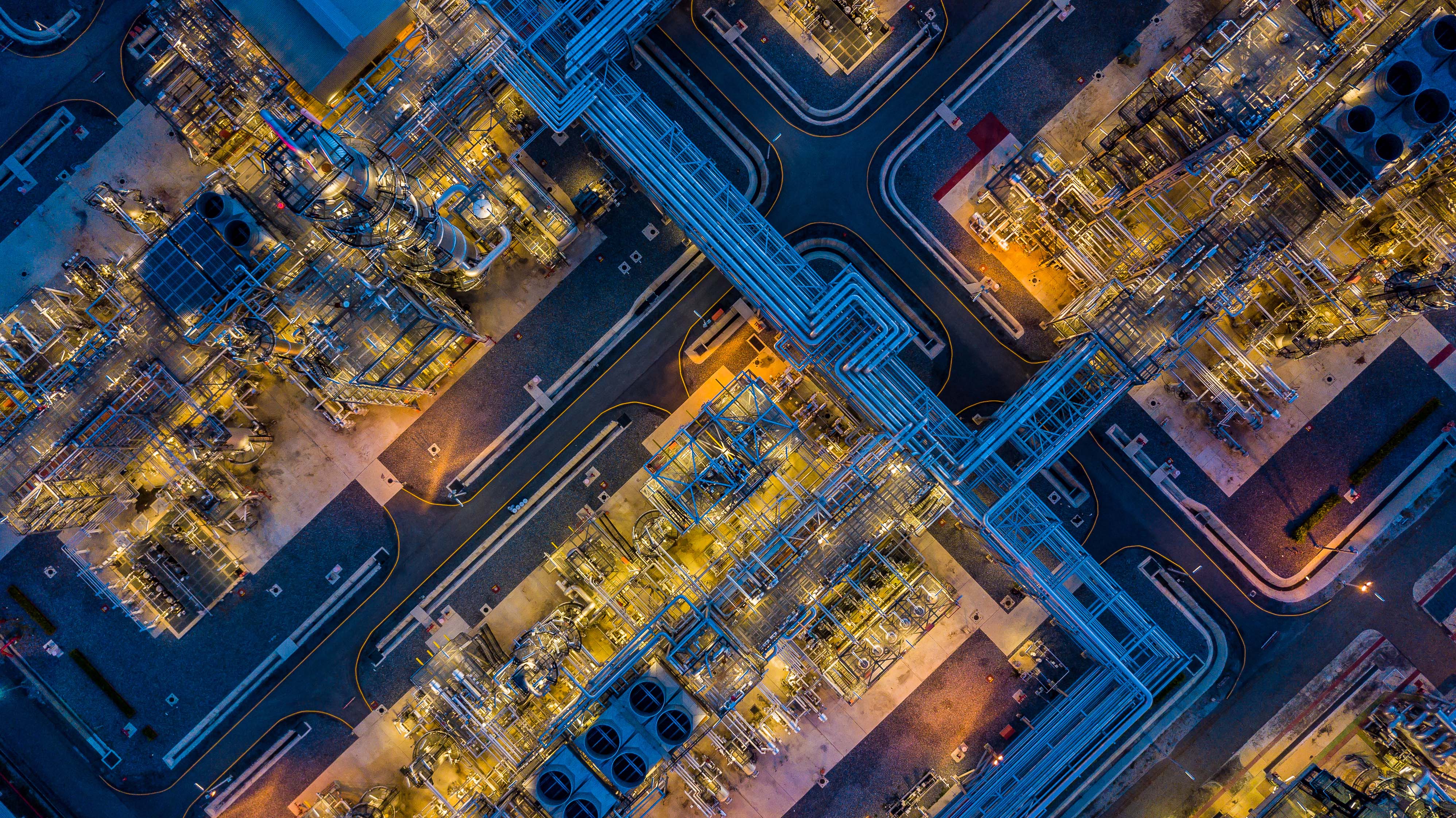

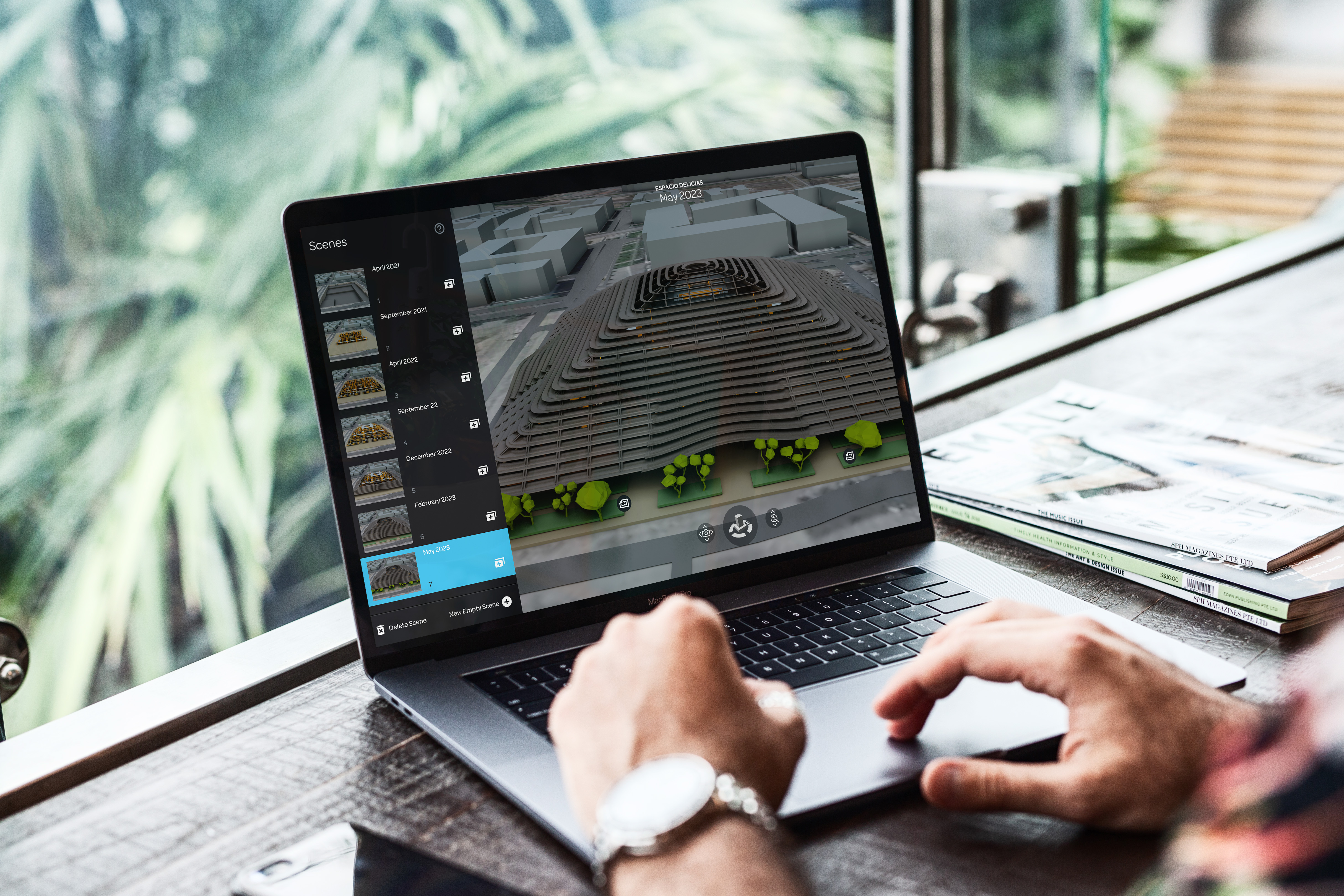
You don’t buy an Urban Digital Twin - you build one. Traditional BIM, CAD, GIS, EMS, BMS, and other single-point solutions offer neither the flexibility, scale, nor interoperability afforded by Urban Digital Twin technology. What’s more, 3rd party artificial intelligence and machine learning module plug-ins help Urban Digital Twin users derive extraordinary value across the entire lifecycle of their building assets, from design through operations.
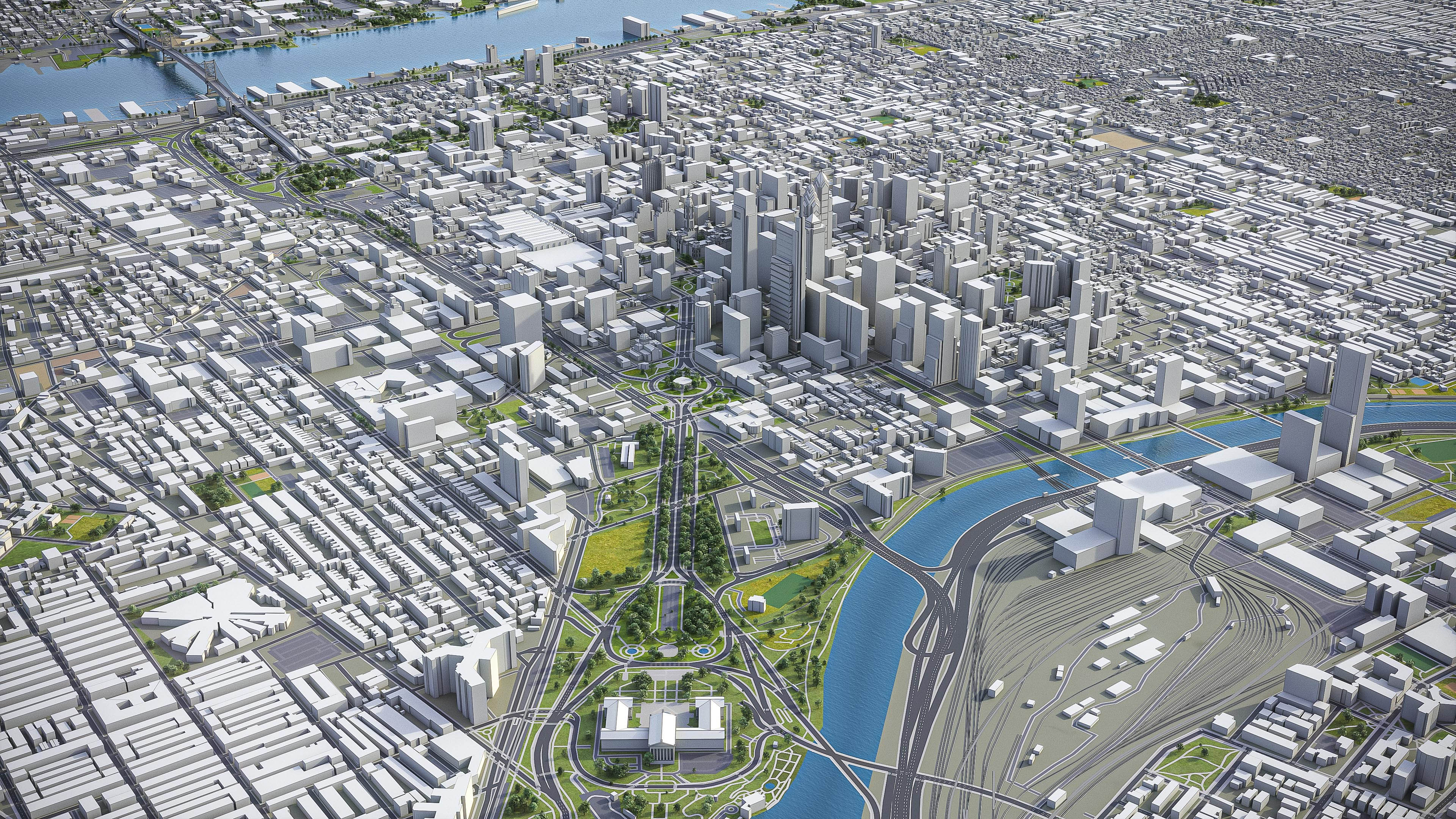
Urban Digital Twins are both, they offer users unprecedented levels of collaboration, analysis, visualization, and prediction that not only improves, but transforms how people do their work in any business. This is more than just enterprise software; organizations that implement Digital Twin strategies confirm dramatic transformation company-wide, across departments, from top to bottom.

Urban Digital Twins are digital representations of the physical built environment in our cities, including urban transport networks, buildings, and infrastructure, connected to the data in and around them.
The built environment in cities is inefficient and a big polluter:
Urban Digital Twins are solving these problems.
Urban Digital Twins allow users to aggregate complex data from many sources at scale and simulate future outcomes (carbon emissions, temperatures, energy usage, pedestrian flow, traffic, financial revenue). As the world gears up to tackle climate change, we need tools like this more than ever to help us better understand, plan, predict, and execute our sustainability, social, and economic objectives as we respond in real time to a changing world around us.
Learn more about the world’s most advanced Urban Digital Twin platform.
